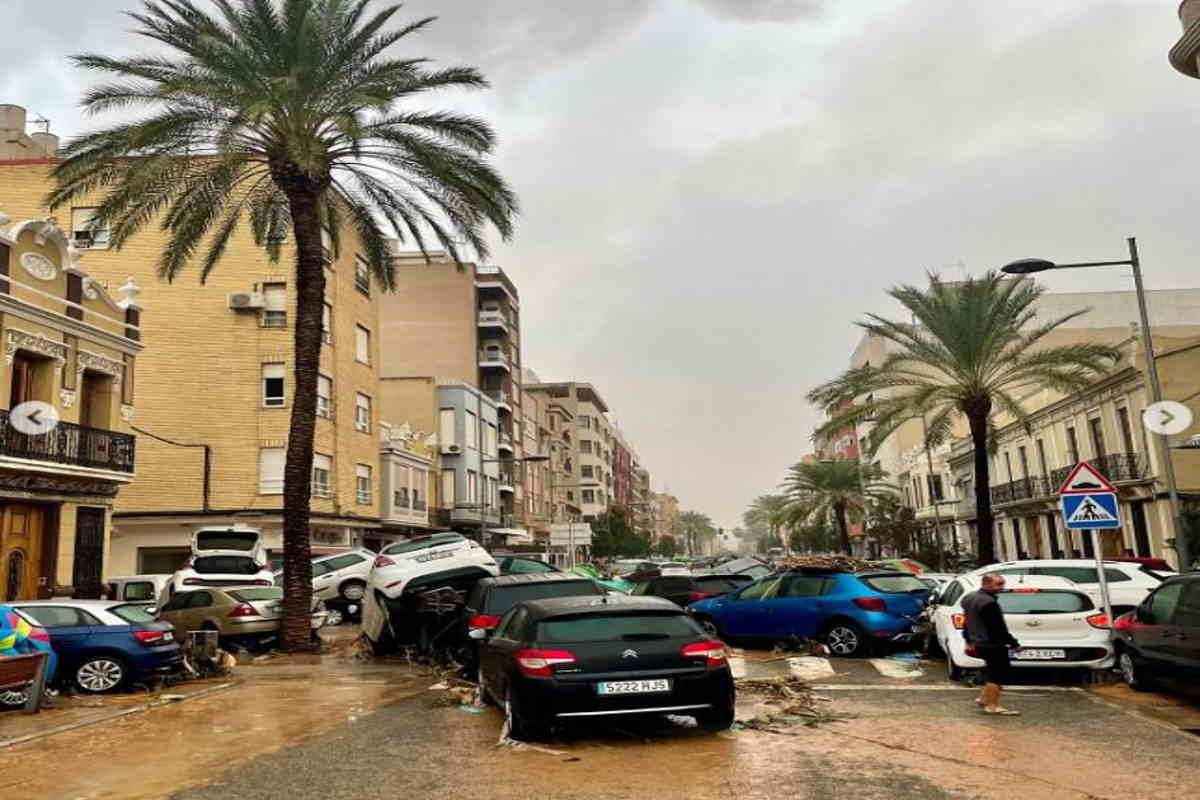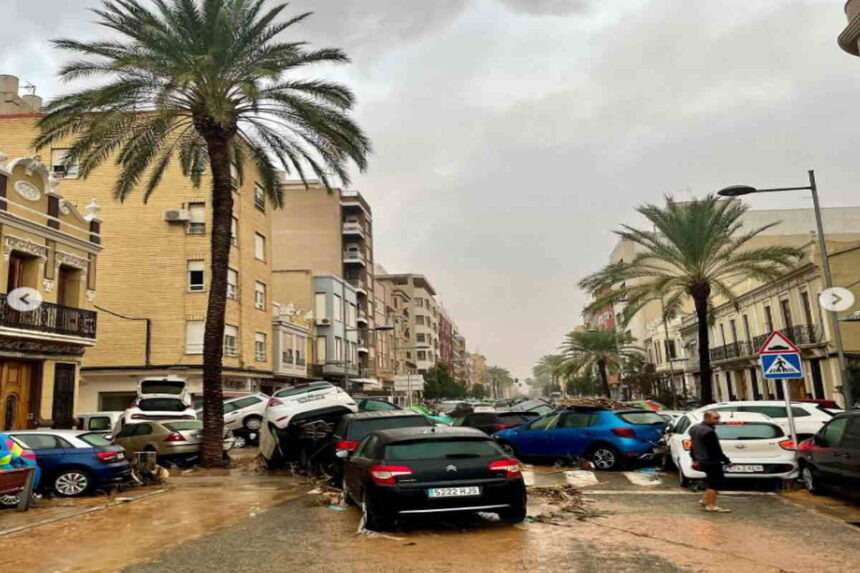
Rescuers in Spain continue the grim search for bodies in underground car parks in the Valencia region as the clean-up operation gets underway after last week’s torrential rains. The deadliest floods to hit Spain in modern times have devastated the country’s eastern coast, with the Valencia region taking the brunt of the disaster.
As the death toll rises, the public outcry against the government’s response becomes louder, seeking more accountability and immediate action over this avoidable tragedy.
Flooded Parking Lots Become Places of Mourning
Rescue teams, firefighters, police, and military armies gathered in a 5,700-car underground parking lot near Valencia Airport on Monday, November 4. They were on a search mission to spot missing persons who were presumed to have been trapped during the floods. These places now become the most critical hubs for rescue operations with the high waters having receded, and quite sad operations, indeed.
Parking garages and river mouths, places where a body might have been swept by powerful currents, have become the focal points of the groups’ search efforts. Scenes of urgency and sadness dot the operation as medics and forensic specialists stand ready to identify victims for return to those families who wait for news.
The parking lots of Valencia form only one piece of the flood’s wide swath of destruction. The floodwaters have also filled streets in neighborhoods like Paiporta, destroying homes and businesses. These areas have become memorials to the lives lost and the challenges ahead for the survivors.
Officially, 217 people died from the event by Sunday, November 3, with the actual numbers from Valencia and the surrounding areas. This tragedy has left families reeling from the sudden loss and a region scarred by just the sheer force of nature.
Public Outrage Over Delayed Emergency Response
The growing outrage among Valencia’s residents isn’t just about the property devastation and lost lives but more so because many view it as a failure by the government to respond quickly and efficiently. Last Sunday, the King and Queen of Spain, accompanied by Spanish Prime Minister Pedro Sánchez, also visited the area to offer condolences and see the damage for themselves.
The public outcry against the visit was well-received as residents, particularly those in Paiporta-accused the government of negligence. Chants of “murderers” echoed as people expressed frustration; others even threw mud in the direction of the visiting officials.
Complaints revolve first and foremost around late flood warnings and what locals described as slow-acting emergency services. Locals say that warnings might have lessened the impact of the disaster, just as a timely intervention would have. To those who lost family members and whose homes were swept by waters, the laxity of the government in terms of preparation for the disaster and the urgency thereof is the greatest insult to injury.
Additionally, protests indeed involved an uncomfortable cocktail of voices, including several far-right groups that took advantage of the occasion for anti-government demonstrations. Later, Defense Minister Margarita Robles felt compelled to issue a warning that such groups were exploiting a tragic incident for their political interests and further deepening divides in a very tense period. The government’s response to the people of Valencia’s cries for help remains a prime focus in their journey toward recovery and accountability.
Reinforcements Called In for Clean-Up and Security
Spain’s government buckled under immense public pressure and announced measures that stiffened its response to this disaster. On Monday, November 4, Defense Minister Margarita Robles announced that 2,500 more troops were headed to the Valencia region to help. The reinforcements join the 5,000 troops who arrived over the weekend to distribute supplies, remove debris from streets, and provide security for businesses at risk of being looted amidst the chaos.
The work ranges from cleanup to reassurance of the residents who have become uprooted by the floodwaters. In many towns, people still don’t have any services, and the fear of looting, and further property damage, could add extra stress to an already unwieldy recovery. The scale of the destruction is immense: residential areas, commercial zones, and infrastructure severely compromised by unprecedented rain.
Defense Minister Robles says that this was an effort by the government to reinstate a feeling of safety and stability in the region. As grim as the event is, local and national authorities were hoping the additional presence would allow communities, at last, to begin the process of healing. But questions regarding the adequacy of the original response continue to echo across Valencia, reminders of the gaps exposed by this catastrophic event.
The Road to Recovery: Obstacles and Community Resilience
Indeed, the next few weeks will be crucial for Valencia as it starts on the long and difficult journey to recovery. For citizens, the flood tragedy marked an important milestone of human existence: the patent manifestation of the destructiveness of nature coupled with the vulnerability of human life in its wake. It was never so much a lesson to those who now have to undergo the tedious process of rebuilding homes, businesses, and societies from scratch. With crews frantically working to remove debris and restore the broken pieces of infrastructure, the psychological trauma for the residents is still high.
Besides immediate efforts of repair, attention has now been turned to future prevention and preparedness. Community leaders, scientists, and officials call for improved flood warning systems, infrastructure that would better support extreme weather, and reconsideration of urban planning in flood-prone areas. This is a disaster that gives a cue that something needs to be done as soon as possible in a world where climate change has made the intensity and occurrence of extreme weather patterns increase.
For the time being, the nation of Spain, its government, and a battery of rescue workers stand in resolve to assist the region of Valencia. But to effect genuine recovery, experts point out, long-term changes would be required to forestall these tragedies from continually happening. The lives lost in water-loaded parking lots, voices protesting, and the troops working for restorations are a real reminder of the collective strength that has overcome them. As Valencia rebuilds, its people continue to fight for reforms that are worthy of the lives that were taken away as a reason to protect future generations from suffering such catastrophe.




